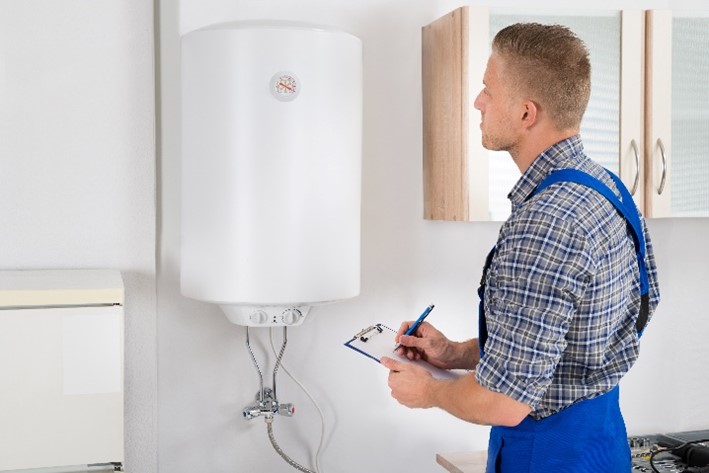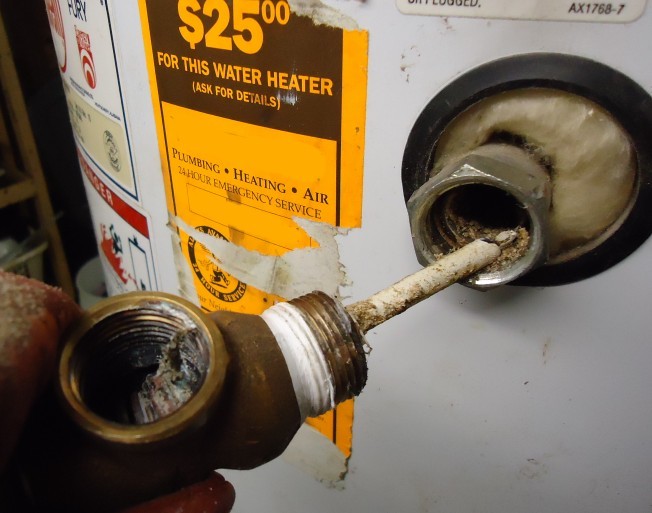The article author is making a few great observations regarding What Kind of Maintenance Do Water Heaters Need? overall in the content on the next paragraphs.

Hot water is crucial for daily comfort, whether it's for a revitalizing shower or washing meals. To guarantee your warm water system runs efficiently and lasts longer, routine upkeep is key. This short article provides practical tips and insights on how to maintain your home's hot water system to avoid disruptions and costly repair work.
Introduction
Preserving your home's hot water system may seem difficult, however with a few easy steps, you can ensure it operates efficiently for several years ahead. This overview covers every little thing from recognizing your warm water system to do it yourself upkeep tips and knowing when to call in specialist aid.
Relevance of Keeping Your Warm Water System
Routine upkeep not just expands the life expectancy of your hot water system but also ensures it runs successfully. Ignoring maintenance can result in decreased performance, greater power expenses, and even premature failing of the system.
Signs Your Warm Water System Requirements Upkeep
Knowing when your warm water system requires focus can protect against significant concerns. Keep an eye out for indications such as irregular water temperature, unusual noises from the heater, or rusty water.
Purging the Hot Water Heater
Flushing your water heater removes debris buildup, improving efficiency and prolonging its life.
Checking and Replacing Anode Rods
Anode rods avoid rust inside the storage tank. Examining and replacing them when worn is important.
Complicated Problems Requiring Specialist Aid
Examples include significant leakages, electric issues, or if your water heater is regularly underperforming.
Routine Professional Maintenance Perks
Specialist upkeep can consist of detailed inspections, tune-ups, and ensuring compliance with security requirements.
Checking and Changing Temperature Level Settings
Adjusting the temperature level setups makes sure optimum efficiency and safety and security.
Do It Yourself Tips for Upkeep
You can do a number of upkeep jobs yourself to keep your hot water system in top problem.
Looking for Leaks
Frequently examine pipes and connections for leaks, as these can lead to water damage and greater costs.
Recognizing Your Hot Water System
Before diving right into upkeep jobs, it's handy to understand the basic components of your warm water system. Normally, this includes the hot water heater itself, pipelines, anode poles, and temperature level controls.
Month-to-month Upkeep Tasks
Normal month-to-month checks can aid capture minor issues before they escalate.
Testing Stress Alleviation Valves
Checking the stress safety valve guarantees it works properly and stops extreme pressure accumulation.
Protecting Pipes
Insulating warm water pipelines minimizes warm loss and can save power.
When to Call a Specialist
While do it yourself upkeep is helpful, some problems need expert knowledge.
Conclusion
Normal upkeep of your home's hot water system is essential for efficiency, long life, and price financial savings. By complying with these suggestions and knowing when to seek specialist help, you can ensure a reliable supply of warm water without unforeseen interruptions.
How to Maintain an Instant Hot Water Heater
Before tinkering with your hot water heater, make sure that it’s not powered on. You also have to turn off the main circuit breaker and shut off the main gas line to prevent accidents. Also turn off the water valves connected to your unit to prevent water from flowing into and out of the appliance. 2. When you’re done, you have to detach the purge valves’ caps. These look like the letter “T” and are situated on either side of the water valves. Doing so will release any pressure that has accumulated inside the valves while at the same time avoid hot water from shooting out and burning your skin. 3. When the purge valves’ caps are removed, you have to connect your hosing lines to the valves. Your unit should have come with three hoses but if it didn’t, you can purchase these things from any hardware or home repair shops. You can also get them from retail stores that sell water heating systems. Read the user’s manual and follow it to complete this task properly. When the hosing lines are connected, open the purge port’s valves. 4. You should never use harsh chemical cleaners or solutions when cleaning your unit. Make use of white vinegar instead. It should be undiluted and you’ll probably use about 2 gallons. 5. Now flush your water heater. This task should probably take about 40 minutes. We can’t give you specific directions for this because the procedure is carried out depending on the type, model and brand of your heater. With that being said, refer to the user’s manual. 6. When you’re done draining the unit, you have to turn off the purge port valves again. Remove the hosing lines that you earlier installed on each of the water valves. Put the valve caps (purge port) back in their respective places and be very careful so as not to damage the rubber discs that are found inside these caps. 7. Now that everything’s back in place, check your user’s manual again to find out how to reactivate your water heating system. 8. Once it is working, turn one of your hot water faucets on just to let air pass through the heater’s water supply pipes. Leave the tap on until water flows smoothly out of it. https://www.orrplumbing.com/blog/2014/september/how-to-maintain-an-instant-hot-water-heater/

I ran across that post on How to Maintain Your Water Heater & Prolong its Life while looking around the internet. Are you aware of somebody else who is excited about the topic? Feel free to promote it. Many thanks for being here. Kindly check up our blog back soon.
Course Detail